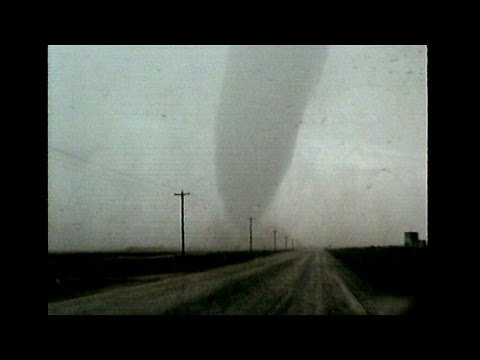A hurricane is one of the most terrible forces of nature. They are in all 50 states and people see them all year round.
Although hurricanes most often occur in the United States, they can occur anywhere in the world. Although research on hurricanes has come a long way, there is still a lot we don’t understand.
In order to understand their development and causes, they have been intensively researched over the past few decades. Since 2005, hurricane hunter, meteorologist Brandon Miller has been tracking and researching these storms. Other,” Miller said.
Sometimes a storm can appear in the ideal place for a tornado to form, but this is not always the case. In contrast, according to Miller, hurricanes often form in remote locations where one or more “ingredients” are missing or missing. There is no reliable way to predict which storms will turn into hurricanes, although the anatomy of systems leading to hurricanes is similar. Visual cues can also help you understand the life cycle of a building tornado capable of creating a tornado.
The appearance of a thunderstorm
As the warm air rises, the clouds begin to get bigger and higher. This is thunder in development. With your eyes you can see white cumulus clouds rising up. This is before you see a thunderstorm or rain.
You will notice that the bottom of the cloud darkens as the size of the cloud increases. Often you will see the top of the cloud flatten and rise in an anvil shape. This indicates the possibility of hail and the coldest air at the top of the cloud.
When the storm turns into a supercell
As the storm intensifies, it transforms into a supercell. A supercell is a rotating thunderstorm. According to the National Oceanic and Atmospheric Administration, only 30 percent or less of supercells cause hurricanes, but almost all of them cause severe weather (such as heavy hail or damaging winds).
During the mature stage of a thunderstorm or supercell, heavy rain, lightning, hail and very strong winds are typically expected. In some cases, strong winds blow for a short time before the rain. We call this a gust front. This is caused by the storm cloud pushing cold air down. Before a storm, the cold air quickly dissipates as it hits the ground. This is a clear sign of an approaching storm.
The appearance of a tornado
Supercells often produce tornadoes. These supercells form when three factors contribute to their growth: instability, lift, and wind shear. Wind shear plays an important role in the development of a storm in a supercell. When the wind changes direction with height, it is called a shear.
Because of this, a thundercloud begins to circulate. Downdraft is another force at work within the supercell. Here is a descending storm current of dry air.
As the storm pushes down, it spins behind. Updrafts and downdrafts pull the horizontal column of air together, creating a tornado. Until it falls to the ground, this motionless column of air is called a funnel cloud; At this time, it becomes a hurricane. When observing local thunderstorms, a “wall cloud” is the most obvious sign of tornado development, Miller said.
A wall cloud is created when the base of the cloud descends, resulting in the formation of an updraft or vortex. A tornado develops when this whirlwind of air hits the ground. While a tornado does not necessarily form at the center of a wall cloud, its chances are certainly increased. When thunderstorms occur, the wall cloud hangs very low, and if you look closely, you can see how it rotates. Here’s how you can spot a wall cloud.
what does it sound like?
The strongest winds ever seen on Earth are created by tornadoes.
While most storms are small and short-lived, they can be deadly and cause damage. However, the strongest tornadoes are over a kilometer in diameter and last over an hour.
They are harder to stop than smaller typhoons due to their increased pressure. Over the years of storm chasing, Miller has seen about 15 storms. When you’re in the right place to watch a tornado, Miller says it’s sure to generate excitement. “You have to temper your enthusiasm with more fear and concern about what a tornado might do, especially if people live in the direct path of the storm.
As someone who has studied hurricanes for a long time, personally watching tornadoes still scares me. Small tornadoes have winds ranging from 60 to 110 miles per hour, while large storms have winds ranging from 160 to 200 miles per hour. On May 3, 1999, a tornado produced the strongest winds ever seen on Earth, over 300 miles per hour in Bridge Creek, Oklahoma.


